How to Solve Parallel Lines and Transversals Problems? (+FREE Worksheet!)

Parallel Lines and Transversals – Example 2:
Solution:
The two angles \(75^\circ\) and \(11x-2\) are equal. \(11x-2=75\)
Now, solve for \(x: 11x-2+2=75+2→ 11x=77→x=\frac{77}{11}→x=7\)
Parallel Lines and Transversals – Example 3:
In the following diagram, two parallel lines are cut by a transversal. What is the value of \(x\)?
Solution:
The two angles \(7x-35\) and \(3x+45\) are equivalents.
That is: \(7x-35=3x+45\)
Now, solve for \(x: 7x-35+35=3x+45+35 →\)
\(7x=3x+80→7x-3x=3x+80-3x→4x=80→x=\frac{80}{4}→x=20\)
Parallel Lines and Transversals – Example 4:
In the following diagram, two parallel lines are cut by a transversal. What is the value of \(x\)?
Solution:
The two angles \(3x-27\) and \(-x+33\) are equivalents.
That is: \(3x-27=-x+33\)
Now, solve for \(x: 3x-27+27=-x+33+27 →\)
\(3x=-x+60→3x+x=-x+60+x→4x=60→x=\frac{60}{4}→x=15\)
Exercises for Parallel Lines and Transversals
Find missing angles with Parallel Lines and Transversals.
1.Find the measure of the angle indicated.
2. Solve for \(x\).
3. Find the measure of the angle indicated.
4. Solve for \(x\).
1.\(\color{blue}{110^\circ}\)
2.\(\color{blue}{x=8}\)
3. \(\color{blue}{84^\circ}\)
4.\(\color{blue}{x=5}\)
Related to This Article
More math articles
- How is the PSAT/NMSQT Test Scored?
- How to Solve Rational Inequalities?
- Top 10 Tips You MUST Know to Retake the CBEST Math
- How to Solve Word Problems Involving Completing a Table and Making a Graph?
- How to Use Algebra Tiles to Identify Equivalent Expressions?
- Hоw to Gеt a Great Sсоrе оn thе SAT Math Test
- Top 5 Graphing Calculators for Physics
- Full-Length Accuplacer Math Practice Test
- How to Solve Linear Inequalities?
- Math Classroom Decorations and Bulletin Board Supplies

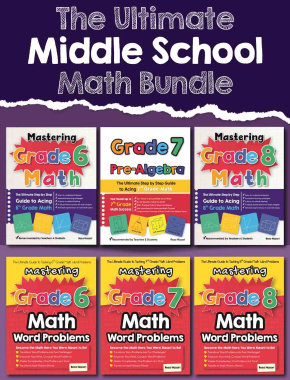
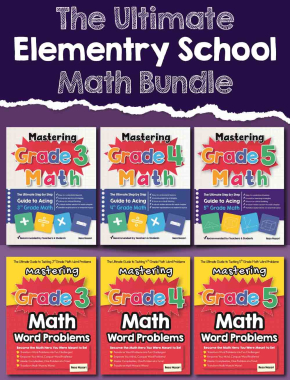
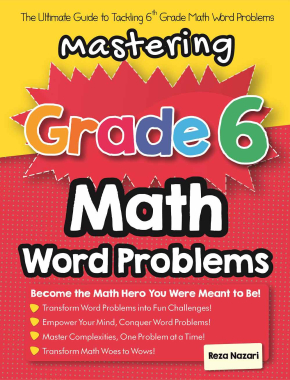
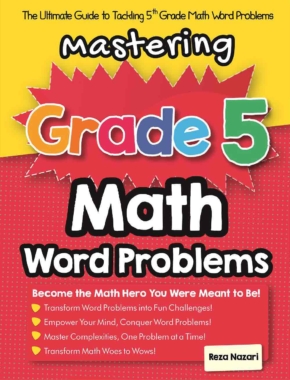
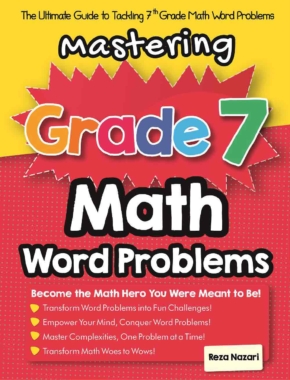





What people say about "How to Solve Parallel Lines and Transversals Problems? (+FREE Worksheet!) - Effortless Math: We Help Students Learn to LOVE Mathematics"?
No one replied yet.